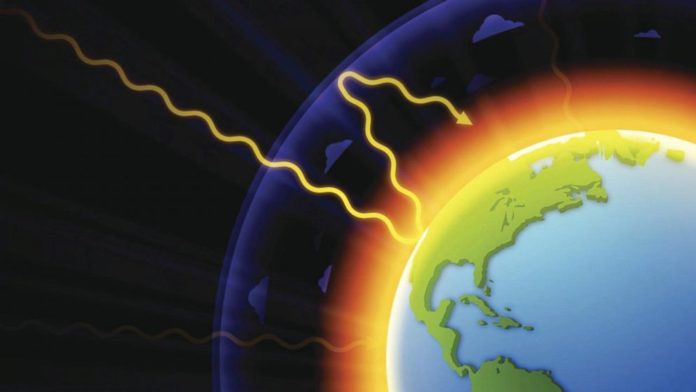Global warming and greenhouse effects are quite detrimental to all life on earth. To understand the magnitude and severity of these factors, we need to understand the meaning behind these terms.
Global Warming
Global warming is described as the increase in earth’s average temperature due to excess accumulation of greenhouse gases such as carbon dioxide, carbon monoxide, methane and nitrous oxide. However, we do need to understand that this is caused by anthropogenic activities – which means humans are responsible for this phenomenon.
Greenhouse Effect
A differentiating factor between greenhouse effect and global warming is that greenhouse effect is a natural process while global warming is not. In fact, the greenhouse effect has been a part of the earth’s natural process for billions of years. It is also paramount for life as it traps the sun’s heat and ensures a steady temperature. Without this effect, life on planet earth may have never evolved. However, there exists a delicate balance in this mechanism, where a human activity may potentially lead to a crucial tipping point. Once this point is reached, another phenomenon called the Runaway greenhouse effect takes place – and this phenomenon is extremely detrimental for all life on earth.
Runaway Greenhouse Effect
As stated above, the greenhouse effect is a natural phenomenon, but anthropogenic activities have dramatically increased the production of greenhouse gases. This has a compounding effect on the earth’s atmosphere, where temperatures gradually rise until it reaches a crucial tipping point. Though this scenario has never occurred on earth, scientists have speculated that it could be a present itself as a real threat if pollution levels continue to rise uncontrollably.
Imagining an Apocalyptic Scenario
Let us assume that our pollution levels have been left unchecked and the threshold for the runaway greenhouse has been reached. The first signs of trouble are the ever increasing global temperatures. Temperature rises to a point where oceans start to boil – and this leads to a chain reaction. Water vapour from the boiling oceans starts accumulating in the atmosphere. This causes even more heat to be trapped as water vapour is a greenhouse gas. Next, the rocks start sublimating – where they change from solid to gas. This pumps even more carbon dioxide and other greenhouse gases into the atmosphere. This cycle continues until all other greenhouse gases are released into the atmosphere. By this stage – the earth becomes very hot and inhospitable. All life may perish and earth would be a barren wasteland.
Conclusion
As stated before, this is a purely hypothetical scenario, but scientists have speculated that this event may have already occured on Venus. This speculation is supported by the fact that Venus has an extremely high deuterium to hydrogen ratio – as much as 150 times that of earth. Interestingly, many scientists believe that as the Sun expands, runaway greenhouse effect becomes an inevitable scenario for earth.
Explore other fascinating topics from nitrogen fixation and photosynthesis to evolution and mass extinction only on BYJU’S Biology. Alternatively, subscribe to BYJU’S YouTube channel to discover fascinating videos on Biology, Physics, Chemistry and even Maths!












